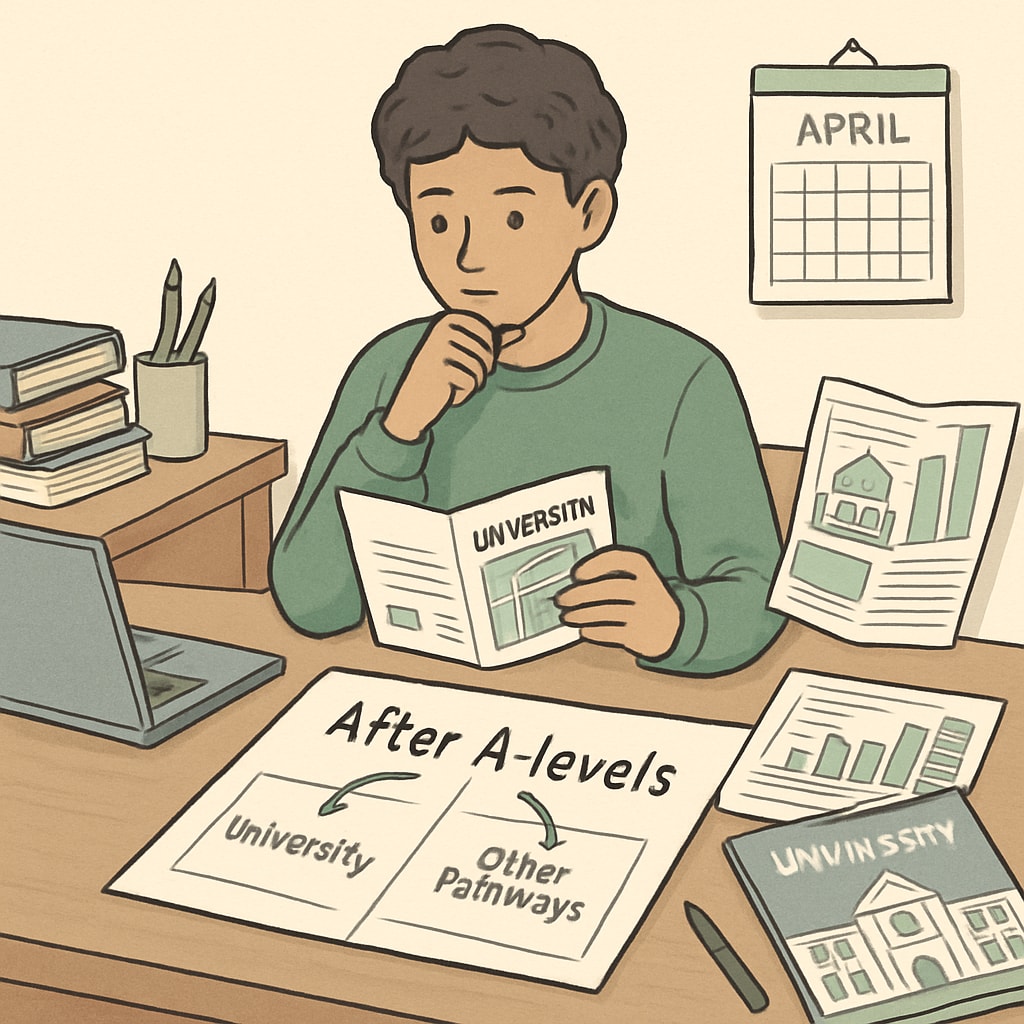Experiencing setbacks in A-level exams can feel like a significant roadblock for both students and their families. The results may fall short of expectations, leaving families to face difficult decisions about the next steps. Options such as foundation year courses, alternative university paths, or even vocational training can offer solutions—but choosing the right one requires careful thought. This article explores three practical pathways after A-level exam setbacks and provides a clear decision-making framework to help families navigate this critical time effectively.
Understanding A-level Exam Setbacks: A Time for Reflection
Failing to meet the desired grades in A-level exams can be disheartening, but it’s essential to approach the situation as an opportunity for growth rather than a failure. Many students who face challenges during this stage of their academic journey go on to achieve great success through alternative paths. The key is to assess the student’s strengths, weaknesses, and long-term goals before making a decision.
Common signs of A-level exam difficulties include a lack of exam preparation, challenges with time management, or struggles with specific subjects. Identifying these issues is the first step toward finding a suitable solution. By embracing a proactive mindset, students and parents can explore the following three main pathways.

Pathway 1: Foundation Year Courses as a Stepping Stone
One of the most popular options for students who miss their A-level targets is enrolling in a foundation year course. These programs are designed to bridge the gap between A-level qualifications and university entry requirements. They often focus on enhancing subject knowledge, study skills, and confidence, making them an excellent choice for students seeking a fresh start.
Foundation year courses are typically offered by universities and constitute the first year of a degree program. Upon successful completion, students can progress directly into their chosen degree. This pathway is ideal for students who are determined to pursue higher education but need additional preparation.
Benefits:
- Provides tailored academic support to address skill gaps.
- Offers a direct route to a university degree.
- Helps students regain confidence and motivation.
For example, the UK Foundation Year system is well-regarded for its structured approach to academic development.
Pathway 2: Exploring Alternative University Options
If the student’s desired university is no longer an option due to A-level results, exploring alternative institutions can open new doors. Many universities have flexible entry requirements, and some may evaluate applications holistically, considering factors beyond grades, such as extracurricular achievements and personal statements.
Additionally, clearing systems, such as the UCAS Clearing process in the UK, allow students to secure a place at a university that still has available spots in their chosen field. This option can be highly beneficial for students who remain committed to their academic goals but need to adjust their plans.
Tips for Success:
- Research universities with lower entry requirements but strong reputations in specific fields.
- Prepare a compelling personal statement to highlight unique strengths.
- Act quickly during the clearing process to secure a spot.
For more information, the UCAS Clearing process is an invaluable resource for students navigating this pathway.

Pathway 3: Alternative Educational and Vocational Opportunities
For some students, traditional academic routes may not be the best fit. Vocational training programs, apprenticeships, or professional certifications offer practical and career-focused alternatives. These options allow students to enter the workforce more quickly while gaining valuable hands-on experience.
For instance, industries such as technology, healthcare, and skilled trades often offer excellent career prospects for individuals with specialized training. Exploring these options can lead to fulfilling and lucrative careers without the need for a university degree.
Examples of Vocational Paths:
- Apprenticeships in fields like engineering, IT, or construction.
- Professional certifications such as accounting or project management.
- Diploma programs in creative industries like graphic design or culinary arts.
How to Decide: A Step-by-Step Framework
Choosing the right path requires a structured approach. Here’s a simple decision-making framework to guide families:
- Assess the Student’s Goals: Is the student aiming for a specific career or university? Clearly define their aspirations.
- Evaluate Strengths and Weaknesses: Identify areas where the student excels and areas that need improvement.
- Research Options: Gather information on foundation year courses, alternative universities, and vocational programs.
- Seek Professional Advice: Consult academic advisors or career counselors for personalized guidance.
- Make an Informed Decision: Choose the path that aligns with the student’s long-term goals and personal preferences.
By following this framework, families can make confident and well-informed decisions about the student’s future.
Conclusion: Turning Setbacks into Opportunities
A-level exam setbacks can be daunting, but they don’t have to define a student’s future. Whether it’s pursuing a foundation year course, exploring alternative university options, or choosing vocational training, there are multiple paths to success. By focusing on the student’s unique needs and aspirations, families can transform challenges into opportunities for growth and achievement.
Remember, setbacks are often stepping stones to greater success. With determination, resilience, and the right support, students can overcome academic challenges and achieve their dreams.


